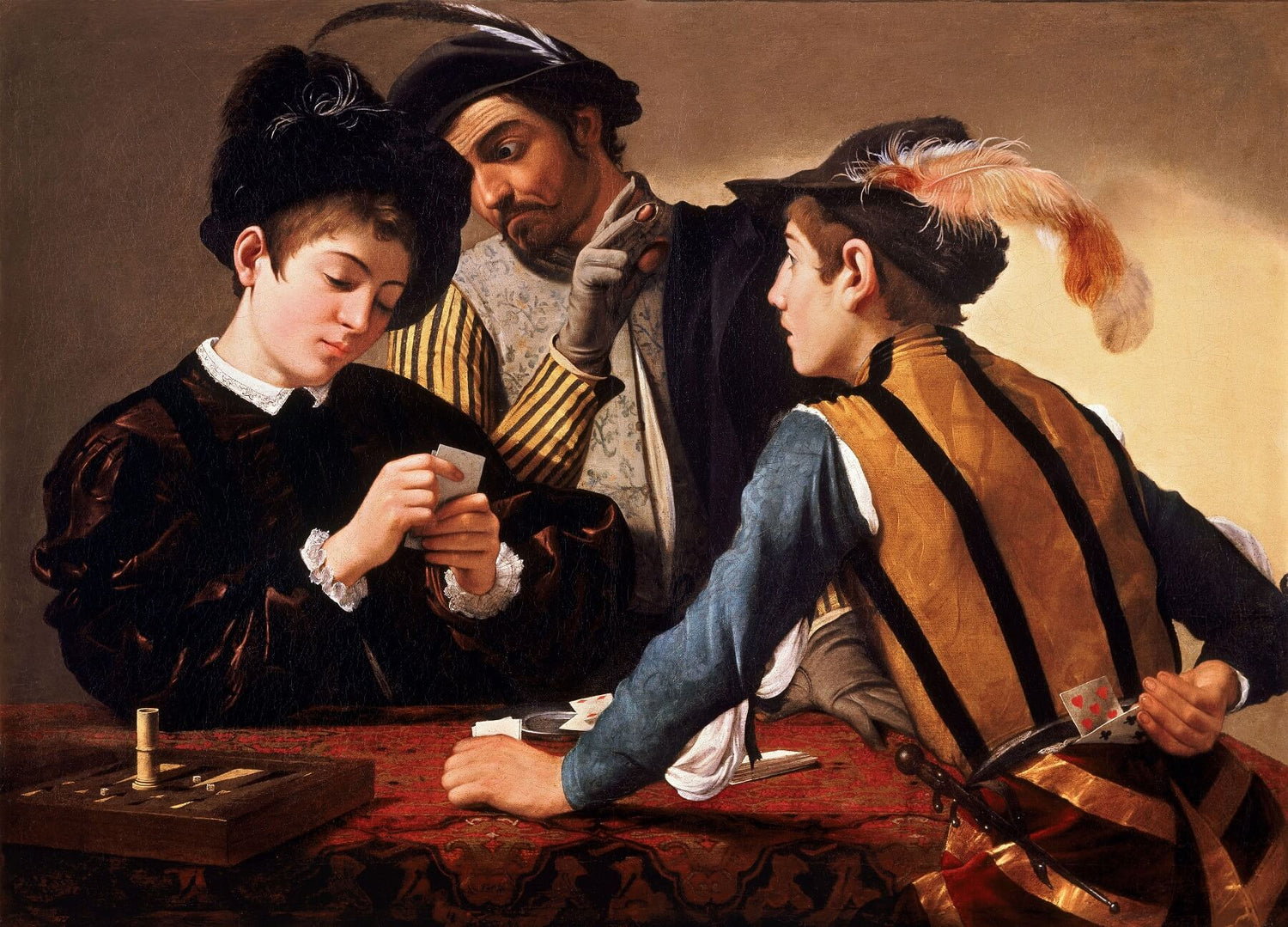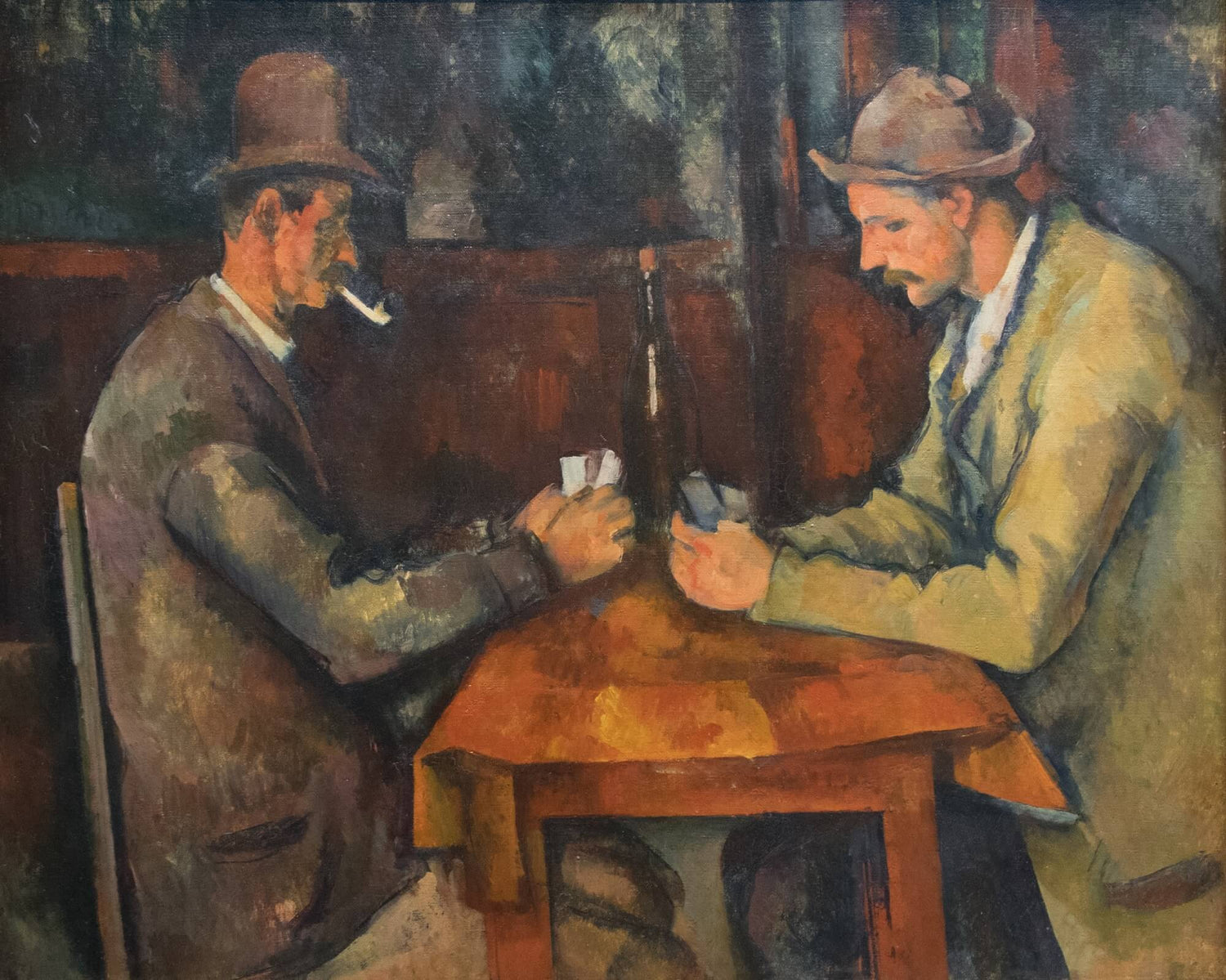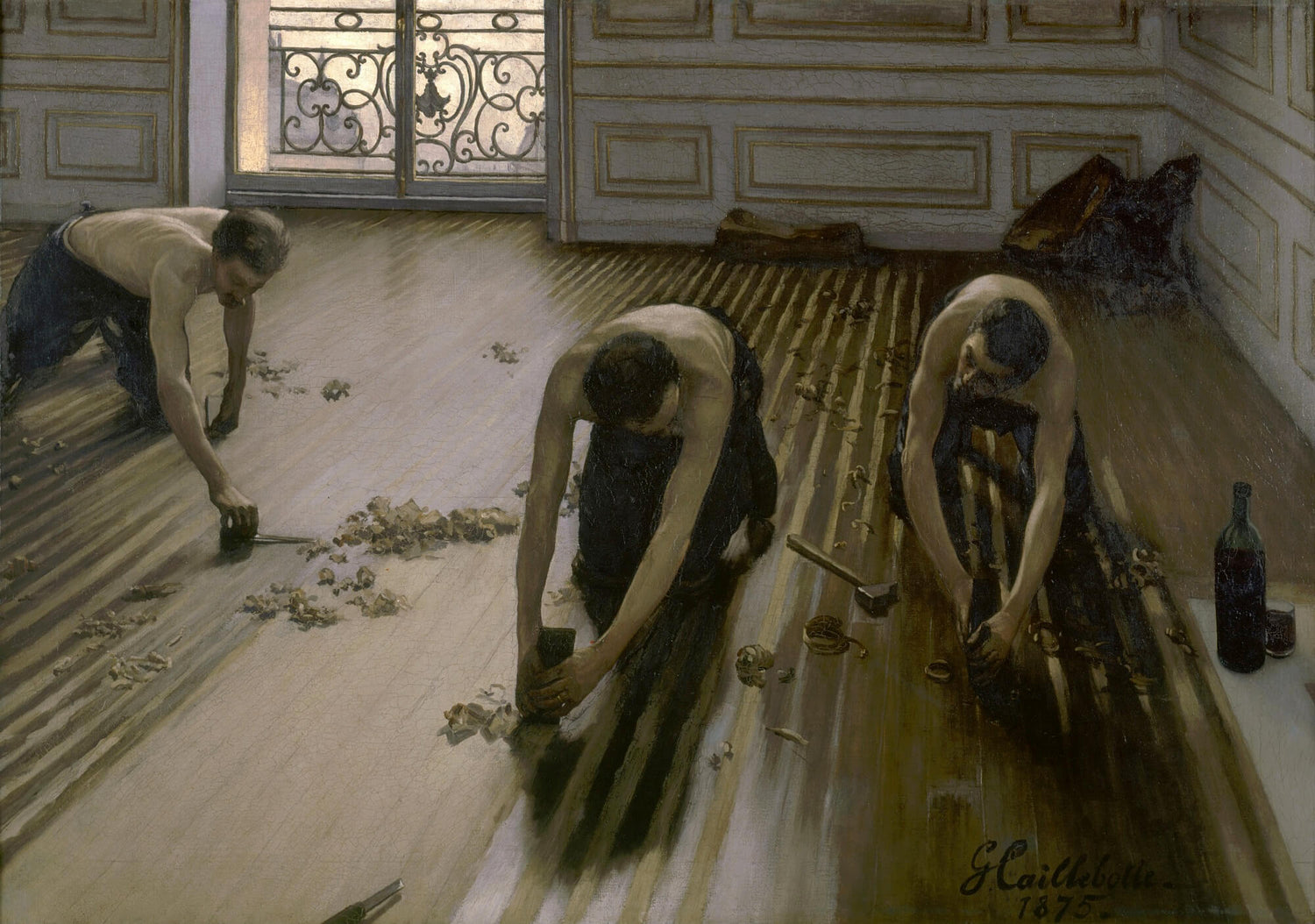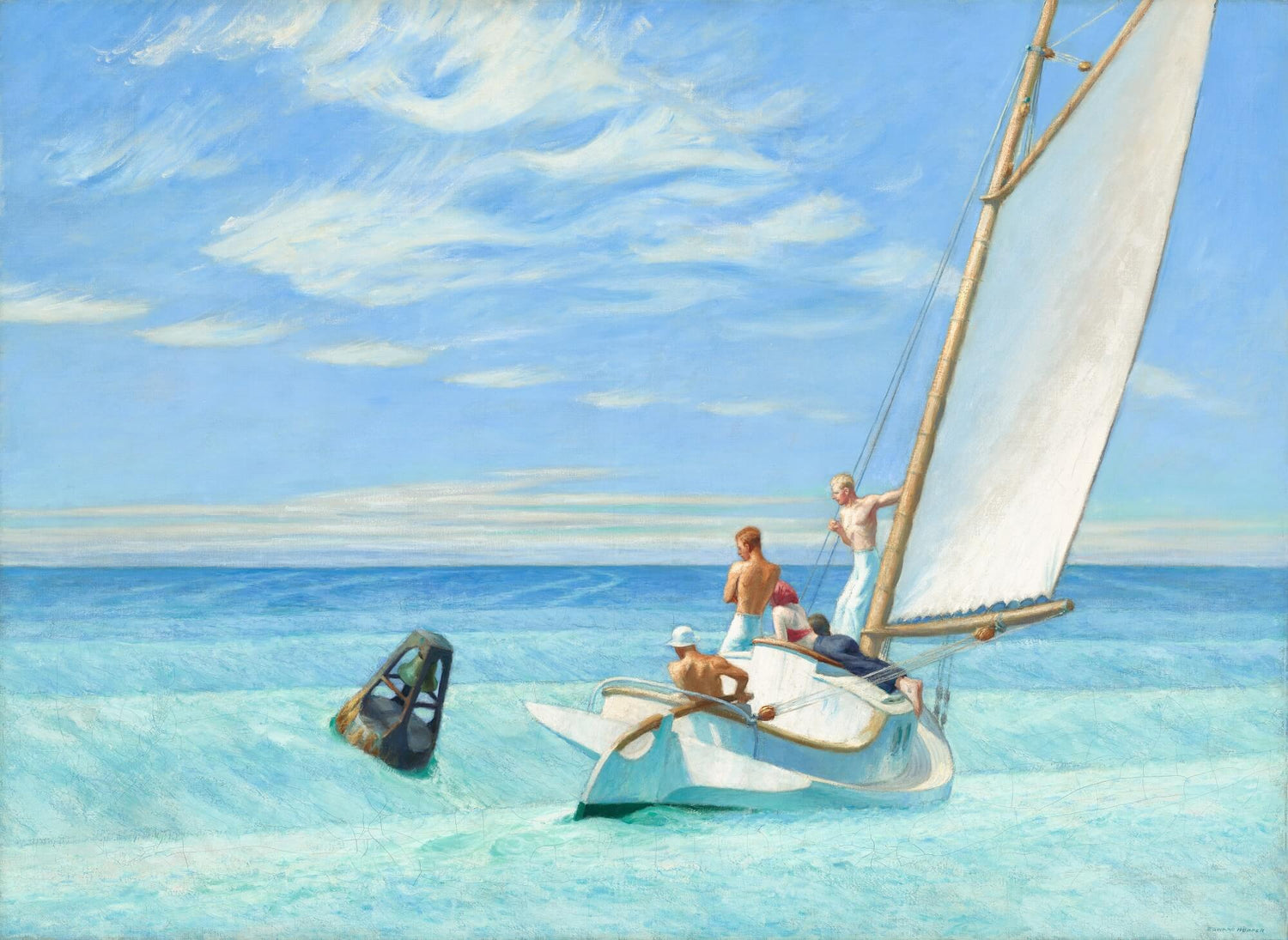Genre painting, a window onto everyday life, is a style of painting distinguished by its depiction of ordinary moments in life. Instead of focusing on major events, royal portraits or majestic landscapes, it highlights everyday activities, simple human interactions and domestic scenes.
Its origins date back to the Renaissance, when artists began to move away from religious subjects to explore more earthly and personal themes. This trend intensified in the 17th century, particularly in the Netherlands during the Dutch Golden Age, when artists such as Vermeer immortalised intimate moments of everyday life with precision and delicacy.
By capturing the essence of everyday life, genre scenes offer us a unique perspective on the evolution of society through the ages.
Main characteristics of the genre scene
Genre painting is distinguished by its ability to capture the very essence of everyday life. The subjects and themes are vast and varied, ranging from lively village festivals to peaceful moments in a domestic interior. These paintings often depict individuals in their everyday activities, whether a mother feeding her child, merchants in a market or children at play. They reflect the social, cultural and sometimes even political reality of their time, providing a valuable window on the past.
In terms of techniques and styles, genre scenes are characterised by meticulous attention to detail. Artists often make masterful use of light and shadow to create a realistic and intimate atmosphere. Texture, colour and composition also play a crucial role, bringing each scene to life with emotional depth and richness. The aim is not just to represent a scene, but to bring it to life, to make it palpable, and to allow the viewer to become completely immersed in it.

Emblematic artists of the genre scene
Genre scenes have been glorified by several masters of painting, each adding his own personal touch and interpretation of everyday life.
Johannes Vermeer, for example, is often considered the undisputed master of this style, not least for his incredible ability to capture light. His works, such as "The Milkmaid" and "Girl with the Pearl Earring", depict intimate moments with unequalled precision and delicacy.
Gustave Courbet, a pioneer of realism, chose to depict rural life and workers, offering a raw, unfiltered perspective of the reality of his time. An example is the painting "Bonjour Monsieur Courbet".
Finally, Edward Hopper, with his modern style, captured the essence of twentieth-century American urban life. His paintings, often imbued with solitude and melancholy, such as "Nighthawks", perfectly illustrate the transition from genre scenes to more contemporary themes. Through their work, these artists not only defined the genre scene, but also enriched the history of art.
5 major genre scene paintings
Let's dive in and explore five emblematic works of genre painting by undisputed masters of the art. Each of these canvases offers us a unique perspective on everyday life, captured with brio and emotion.
1. The Card Players by Paul Cézanne
"The Card Players" is one of Paul Cézanne's most famous series, perfectly illustrating the quintessence of the genre scene.
In these works, Cézanne depicts Provençal peasants immersed in a card game, finely capturing the concentration and absorption of the players. Rather than depicting a lively scene, the artist chose to emphasise the tranquillity and solemnity of the moment. The composition is balanced, the colours sober and the light diffused, creating an intimate, reflective atmosphere.
This painting does not simply show a game of cards, but reveals the depth of human interaction and the beauty of ordinary moments. Through this work, Cézanne demonstrates his exceptional mastery of the genre scene, transforming an everyday scene into a timeless and universal moment.

2. The Floor Scrapers by Gustave Caillebotte
"The Floor Scrapers" is a masterly work by Gustave Caillebotte that captures the very essence of the genre scene. The painting depicts three workers on their knees, in the middle of planing a parquet floor in a Haussmann flat.
With surgical precision, Caillebotte highlights the texture of the wood, the sheen of sweat on the workers' skin and the dynamics of their movement. The angle of view, slightly overhead, offers an innovative perspective that immerses the viewer in the scene.
As well as depicting manual labour, the work bears witness to the urban and social transformations taking place in Paris at the end of the 19th century. Caillebotte succeeded in magnifying everyday life, giving nobility and dignity to these workers, who were often invisible in the eyes of high society. "The Floor Scrapers" is a poignant tribute to the working class, while at the same time celebrating the beauty of craftsmanship in the context of modernity.

3. Ground Swell de Edward Hopper
"Ground Swell" is an eloquent illustration of Edward Hopper's talent for capturing the essence of the genre scene in a modern context.
In this work of New Realism, Hopper depicts a group of young people on a sailing boat, navigating rough waters. The sea, with its towering waves, symbolises uncertainty and change. The characters' expressions, though subtle, betray a certain melancholy and introspection, typical of Hopper's work. The light, clear and sharp, accentuates the contrasts and highlights the solitude of the characters despite their physical proximity.
"Ground Swell" is more than a simple depiction of an outing at sea; it is a meditation on youth, transition and isolation in the wider world. Hopper, with his mastery of light and composition, transforms an ordinary scene into a profound exploration of the human condition, making this work an iconic masterpiece of twentieth-century genre painting.

Discover our reproductions of these genre scenes
4. Prisoners Exercising by Vincent Van Gogh
"Prisoners Exercising" is a poignant work by Vincent Van Gogh, which powerfully illustrates the artist's ability to transcend the genre scene to touch the human soul.
The post-impressionist painting depicts prisoners walking in a circle in a courtyard, a monotonous and endless ritual. Van Gogh's dark colours and thick strokes amplify the heaviness and oppression of the scene. Each prisoner seems lost in thought, crushed by the weight of his condition. The repetitive use of shapes and shadows reinforces the feeling of confinement and despair. But beyond the simple representation of prison life, Van Gogh explores universal themes such as freedom, isolation and the human condition.
"Prisoners Exercising" is a powerful metaphor for life itself, where man is often a prisoner in his own chains, whether real or imagined. In this work, Van Gogh not only depicts an everyday scene, but also invites us to reflect deeply on the nature of existence and the shackles that hold us back.

5. The Astronomer by Johannes Vermeer
"The Astronomer" is one of Johannes Vermeer's most emblematic paintings, demonstrating his exceptional mastery of genre scenes.
In this baroque work, Vermeer depicts a man absorbed in studying a celestial map, surrounded by scientific instruments. The soft, diffused light emanating from a window gently bathes the scene, emphasising the astronomer's intense concentration. The details, such as the texture of the carpet or the brilliance of the globe, are rendered with remarkable precision. But beyond the simple depiction of a man deep in thought, Vermeer captures the wonder and insatiable curiosity of human beings in the face of the universe.
"The Astronomer" is a celebration of the quest for knowledge and the passion for discovery. By placing an individual at the heart of this cosmic exploration, Vermeer underlines the importance of the individual in the vast cosmos.
This work, while rooted in its own time, has a universality that continues to resonate today, making "The Astronomer" a masterpiece of the genre.

Discover our reproductions of these genre scenes
Conclusion
Through its depictions of everyday life, the genre scene offers us much more than a simple window on everyday life. It captures the soul, emotions and aspirations of humanity. From Vermeer's peaceful interiors to Van Gogh's poignant depictions of the human condition, each canvas is a celebration of ordinary moments, transformed into timeless moments. As we explore these works, we are reminded of the beauty and depth hidden in the simplest details of our existence.












